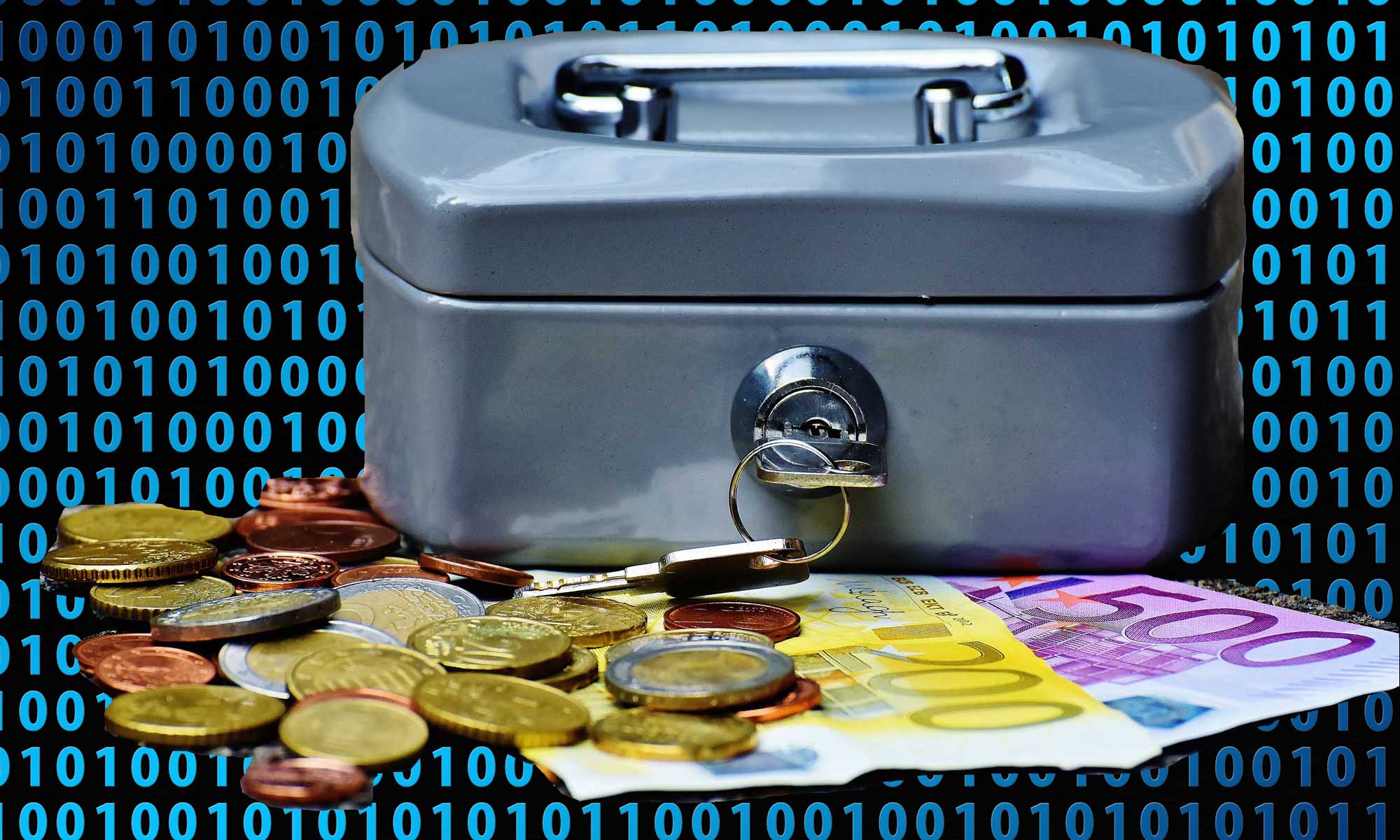What are PUBLIC and PRIVATE KEYS?
I am confused about the difference between a private and public passcode. I’m pretty sure the passphrase for my Ledger is the private one but not sure what a public one is, how I get that and use it to buy, sell, etc. Any chance you can fill me in?
And thanks again for Saturday’s Crypto beginner class at 11 am Eastern Time. I would like to be on next Saturday’s as well. Very helpful !
When you want to withdraw crypto from an exchange, Coinbase, for example, you first have to get the Ledger “receiving” address for that particular coin, XRP, for example. You then take that “receiving” address and give it to Coinbase as where to send the XRP. That “receiving” address is your PUBLIC key. It’s public because you use it to tell anyone anywhere where to send that particular coin so you get it.
You have to do something special to tell Ledger to show your PRIVATE key because anyone who has the private key can control, send, transfer, or sell that particular coin in Ledger. It is private so no one can steal your coins.
The 12 word passphrase is not a private key for your coins. You could think of it as the private phrase to back up and restore your Ledger wallet. Anyone with that private phrase will also be able to use your private keys. So keep that secret from others as well.
Not all wallets have secret passphrases. Some use facial recognition or security apps like Google Authenticator instead, but all wallets have private keys.
For anyone reading this, you can join us for Saturday’s Crypto beginner class at 11 am Eastern Time, too. The invitation is on the Home page.

